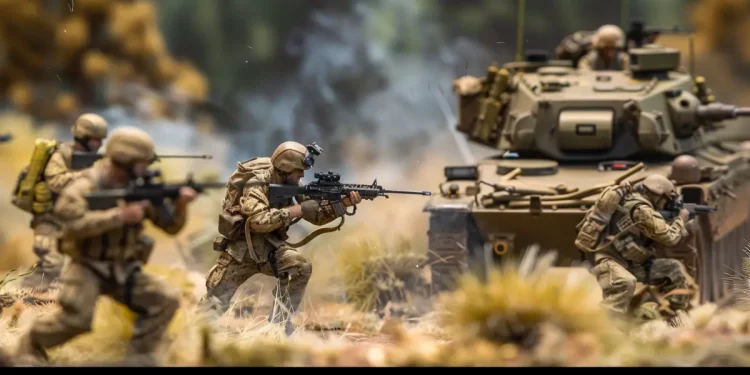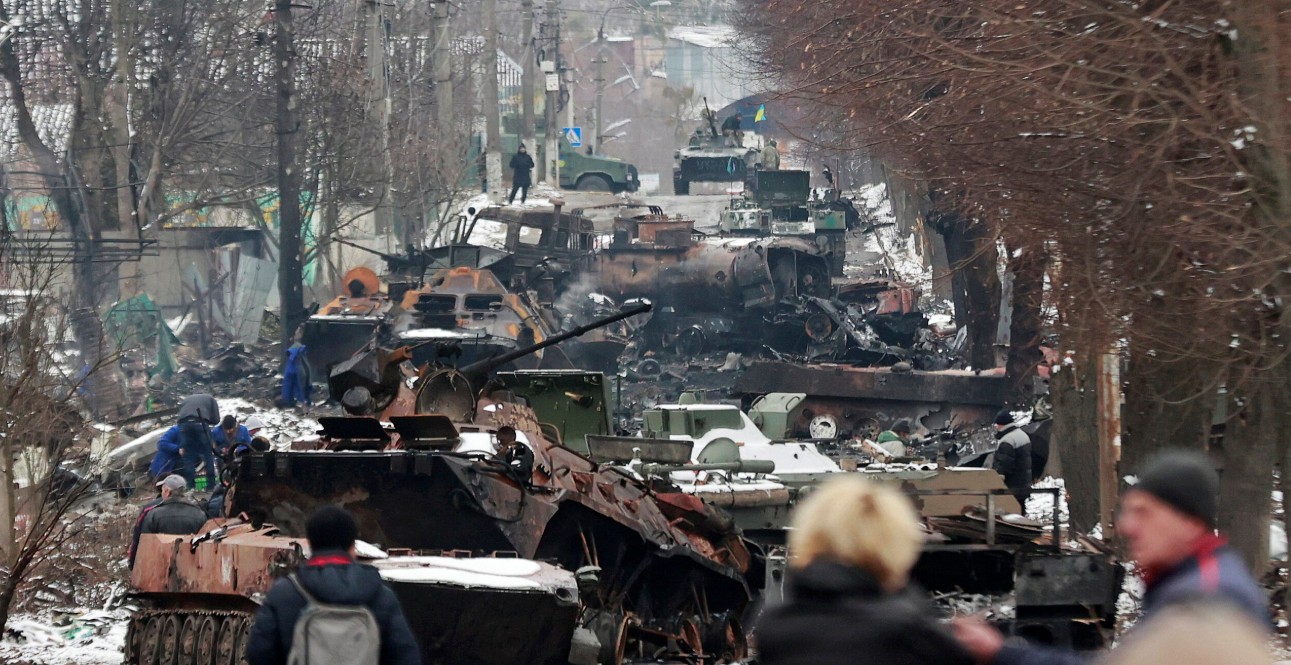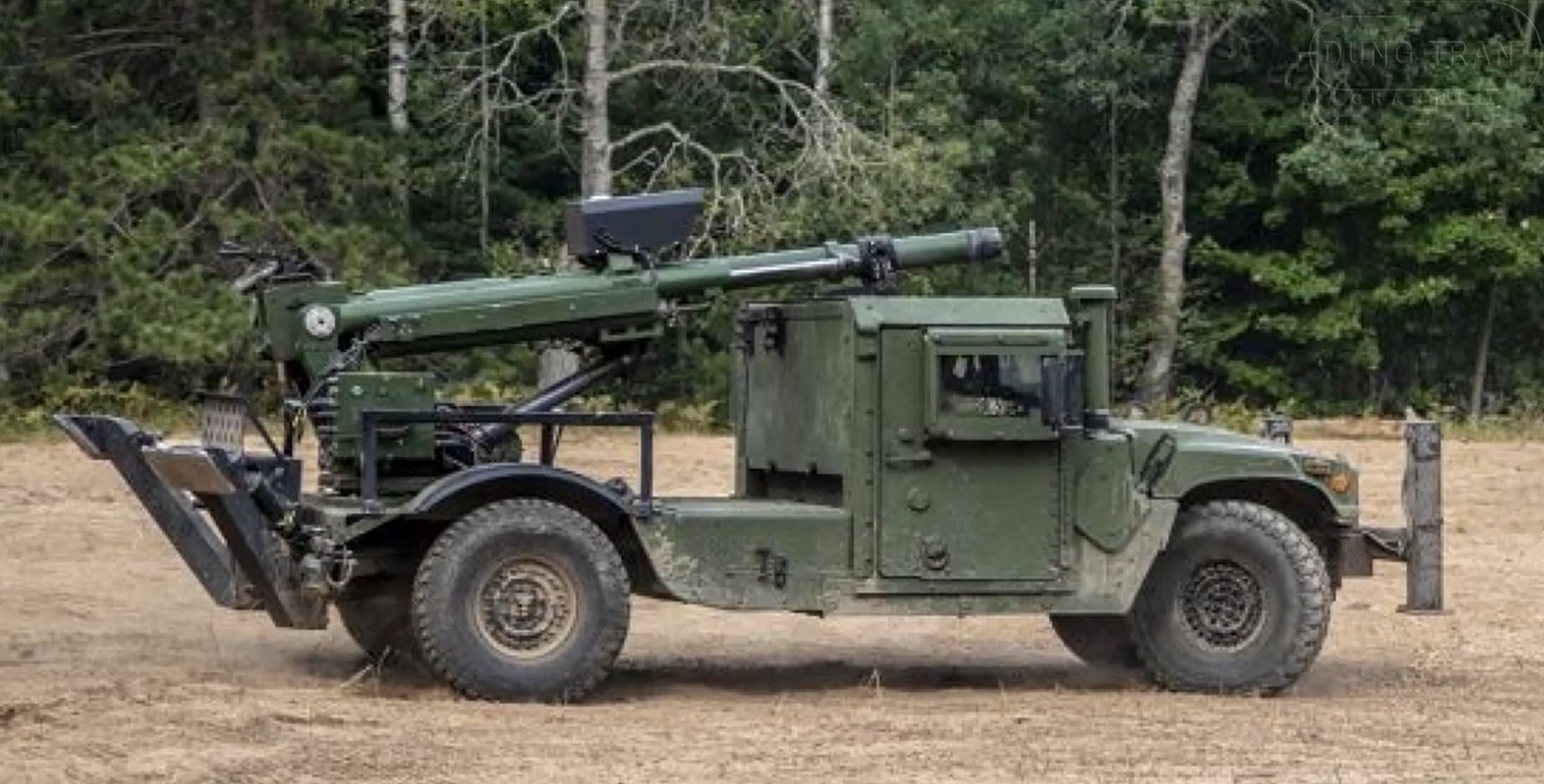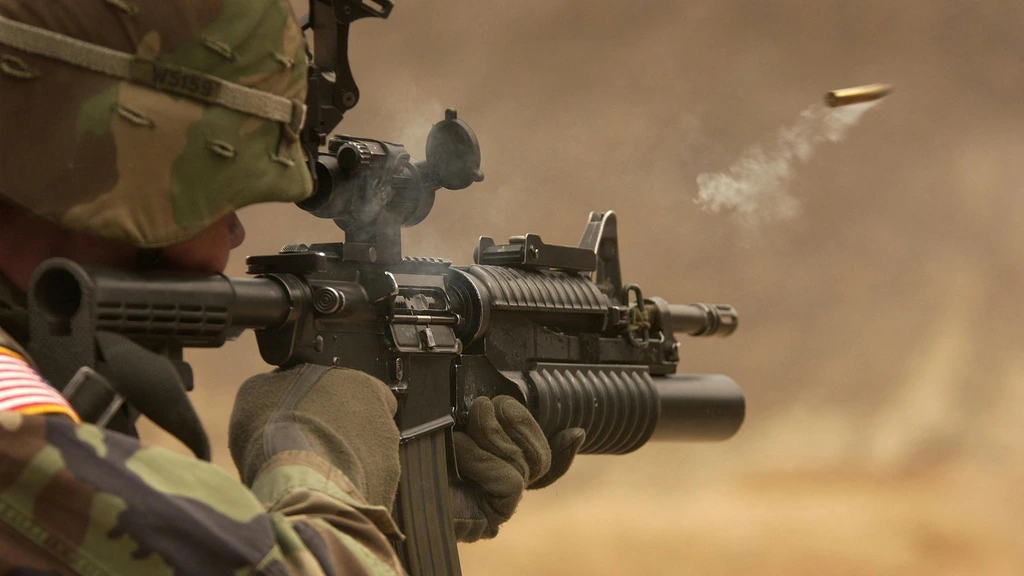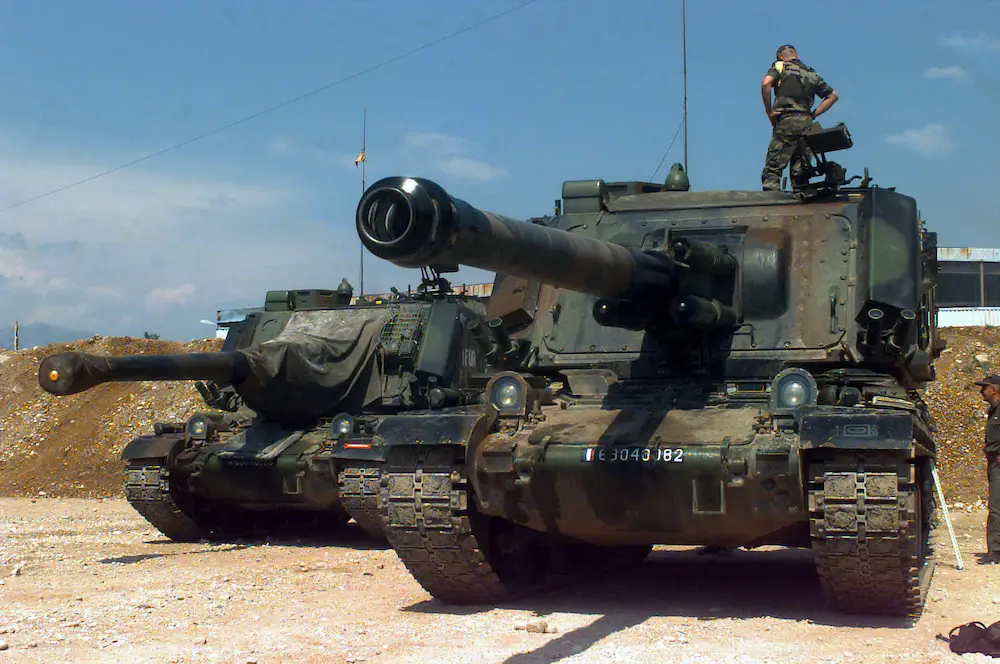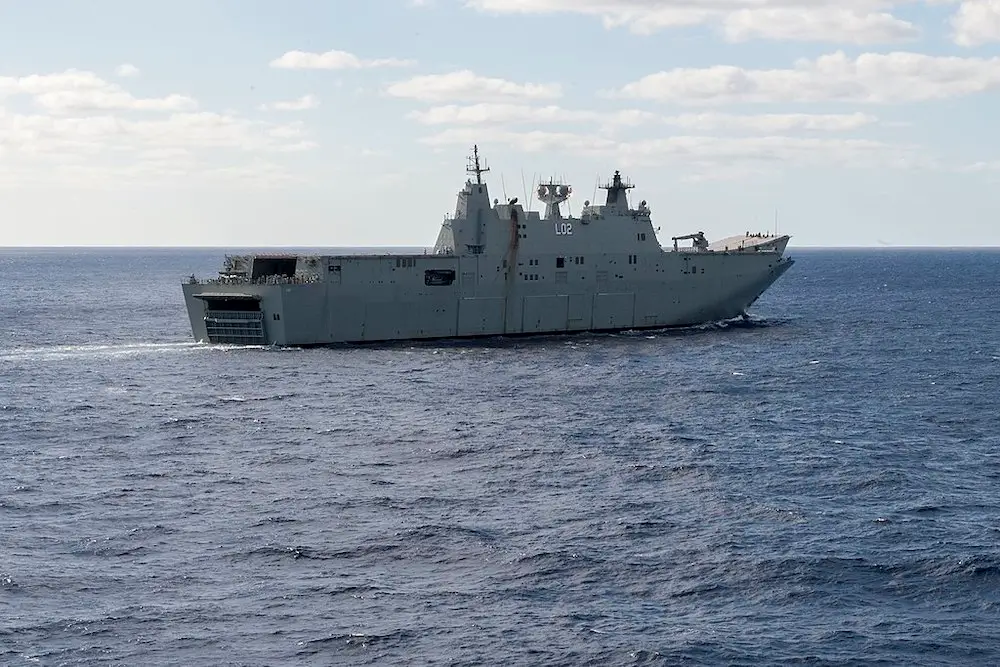Infantry tactics play a crucial role in modern warfare, especially when it comes to squad assaults. In this article, we will compare and contrast the infantry tactics employed by NATO forces and Russian troops in squad assault scenarios.
NATO Squad Assault Tactics
NATO forces, comprising military units from various member countries, follow a cohesive and standardized approach to squad assault tactics. These tactics focus on agility, precision, and coordination to overpower enemy positions.
Russian Squad Assault Tactics
Russian infantry tactics in squad assaults emphasize overwhelming firepower and aggression. Russian troops are known for their fast and decisive maneuvers aimed at swiftly neutralizing enemy resistance.
Comparing Infantry Tactics
When comparing NATO and Russian squad assault tactics, some key differences emerge:
- Firepower: Russian troops rely heavily on firepower, including machine guns and grenades, to suppress and eliminate enemy forces. NATO forces prioritize accuracy and marksmanship, utilizing a combination of rifles and support weapons.
- Maneuverability: NATO squads often emphasize maneuverability and flanking maneuvers to outmaneuver opponents. Russian tactics may involve more direct assaults and frontal attacks to overwhelm the enemy.
- Coordination: NATO forces place a high emphasis on communication and coordination among squad members, ensuring synchronized actions. Russian squads prioritize speed and aggression, sometimes at the expense of tight coordination.
Equipment and Gear
Both NATO and Russian forces use a range of specialized equipment and gear to enhance their squad assault capabilities. Here is a comparison table of some common gear:
| Item | NATO | Russia |
|---|---|---|
| Rifle | M4A1 | AK-74M |
| Light Machine Gun | M249 SAW | PKP Pecheneg |
| Grenade | M67 Frag | RGD-5 |
In squad assault scenarios, both NATO and Russian forces display unique strengths and tactics. While NATO emphasizes precision and coordination, Russian troops rely on firepower and aggression to achieve their objectives. Understanding these distinct approaches is vital for military analysts and strategists assessing potential battlefield outcomes.
